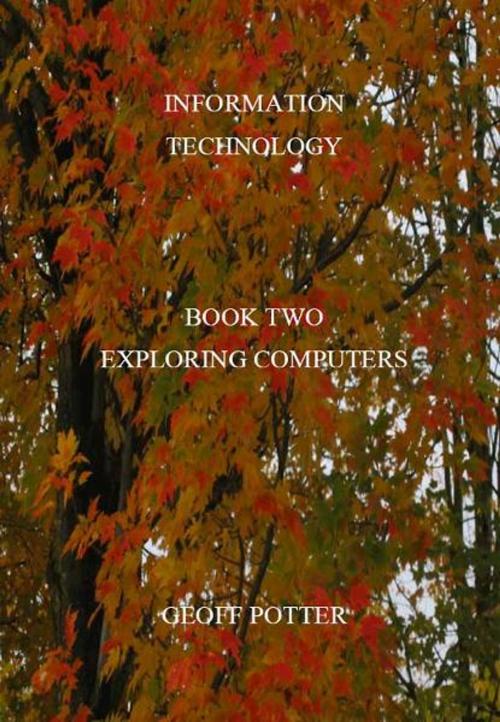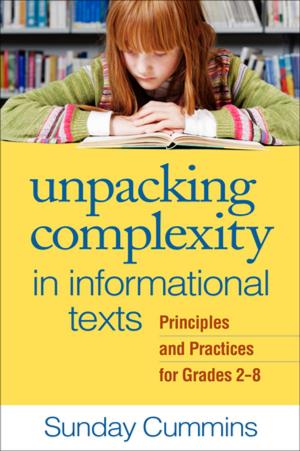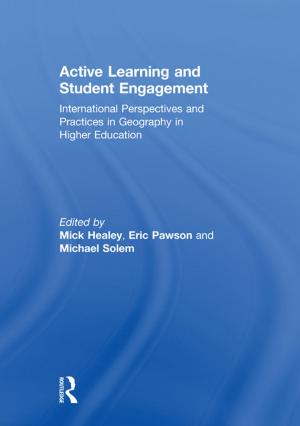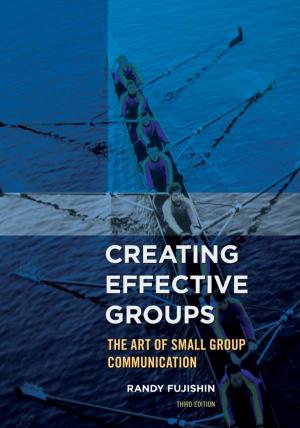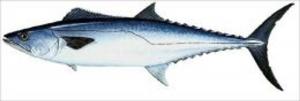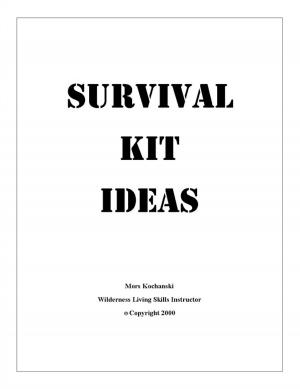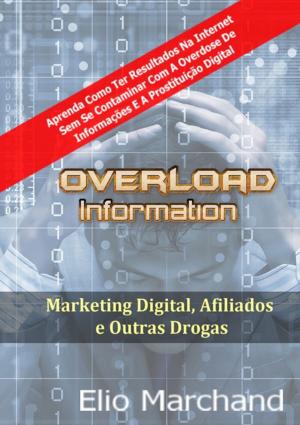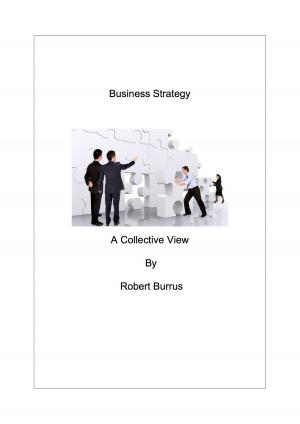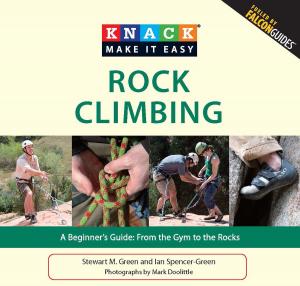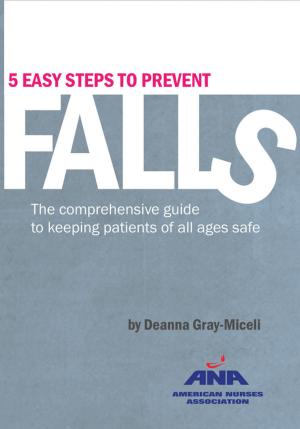Exploring Computers
Nonfiction, Computers, Application Software, Educational Software, Computer Hardware, Personal Computers, General Computing, Skills| Author: | Potter, Geoff | ISBN: | 9780986744013 |
| Publisher: | ITCA Digital Education Systems | Publication: | September 1, 2012 |
| Imprint: | Language: | English |
| Author: | Potter, Geoff |
| ISBN: | 9780986744013 |
| Publisher: | ITCA Digital Education Systems |
| Publication: | September 1, 2012 |
| Imprint: | |
| Language: | English |
This is the second book in a series of ten electronic books designed to educate young children and school-age students about information technologies and the digital world they live in. Who will benefit from this book? This book is most suitable for young people in their second or third grade levels.For students with little or no prior knowledge of ICT and computing, it is effective when used in conjunction with Book One. It may also be helpful for teachers introducing ICT or integrating it into the curriculum.Contents: Book Two comprises five modules: Module One: Exploring Computers.This module introduces students to basic computing. The student begins to understand how a computer works; the nature of hardware and software; and how to manipulate information. Adventure One: Let's Explore The Computer. Adventure Two: Let's Explore Software. Adventure Three: Let's Explore The Desktop. Adventure Four: Let's Explore the Apple Macintosh Desktop. Adventure Five: Let's Explore Audio Stories. Adventure Six: Let's Explore How to Save and Store Information. Module Two: The Keyboard. This module encourages students to confidently explore and work with the computer, particularly the keyboard. It includes specific instruction about correct finger placement. Adventure One: Exploring The Keyboard. Adventure Two: Let's Explore Proper Keyboarding Techniques. Adventure Three: Exploring the Cell-Phone Touch Screen. Module Three: Cell Phones and Tablets.This module introduces and explains to students what cell-phones and tablet computers are and how they work. Adventure One: Cell Phones and Tablets. Module Four: Observing Science. This module introduces students to using a computer to learn about and to practice science and investigation. It comprises four units which focus on working with information on a computer. Adventure One: Observing Animals. Adventure Two: Let's Classify Animal Families.Adventure Three: Let's Explore Our Bodies. Adventure Four: Let's Explore Visual Images.Module Five: Presenting Stories. This module focuses the students' attention and activities on the process of communication and how information can be organized and presented. Adventure One: Let's Enjoy Reading and Writing. Adventure Two:Learning How to Control Things with Scratch. Adventure Three: Learning How to Control Things with LOGO.The book is colorful, creative and contains many challenges and activities designed to help young students understand how digital technologies work and how they may efficiently use them to learn and communicate. All of the recommended software is Open Source.The book also contains an integrated Continuous Assessment process which may be of value in some educational environments. Modules at each level are divided into skills and knowledge-focused units. At the end of each unit students may describe what they have learned and their parent or teacher may award points for each item covered. Marks may be accumulated throughout the school year. A grade based upon the total points accumulated may be awarded at any time during the year. There are no tests or examinations in this program. What are the intended uses of this book? 1.This book is designed to support both teachers and students in existing ICT curricula and may be useful in introductory programs in areas such as Science, Language Arts, Mathematics and the Arts.2.The book supports public and private education systems instruction and skills training programs to ensure that young people possess the knowledge and skills to function in a digital society, and ultimately to prepare them for entry into higher education and an increasingly digital and computer-based workforce.3. Students and parents may use the book for home schooling use in support of study projects and personal skills development.
This is the second book in a series of ten electronic books designed to educate young children and school-age students about information technologies and the digital world they live in. Who will benefit from this book? This book is most suitable for young people in their second or third grade levels.For students with little or no prior knowledge of ICT and computing, it is effective when used in conjunction with Book One. It may also be helpful for teachers introducing ICT or integrating it into the curriculum.Contents: Book Two comprises five modules: Module One: Exploring Computers.This module introduces students to basic computing. The student begins to understand how a computer works; the nature of hardware and software; and how to manipulate information. Adventure One: Let's Explore The Computer. Adventure Two: Let's Explore Software. Adventure Three: Let's Explore The Desktop. Adventure Four: Let's Explore the Apple Macintosh Desktop. Adventure Five: Let's Explore Audio Stories. Adventure Six: Let's Explore How to Save and Store Information. Module Two: The Keyboard. This module encourages students to confidently explore and work with the computer, particularly the keyboard. It includes specific instruction about correct finger placement. Adventure One: Exploring The Keyboard. Adventure Two: Let's Explore Proper Keyboarding Techniques. Adventure Three: Exploring the Cell-Phone Touch Screen. Module Three: Cell Phones and Tablets.This module introduces and explains to students what cell-phones and tablet computers are and how they work. Adventure One: Cell Phones and Tablets. Module Four: Observing Science. This module introduces students to using a computer to learn about and to practice science and investigation. It comprises four units which focus on working with information on a computer. Adventure One: Observing Animals. Adventure Two: Let's Classify Animal Families.Adventure Three: Let's Explore Our Bodies. Adventure Four: Let's Explore Visual Images.Module Five: Presenting Stories. This module focuses the students' attention and activities on the process of communication and how information can be organized and presented. Adventure One: Let's Enjoy Reading and Writing. Adventure Two:Learning How to Control Things with Scratch. Adventure Three: Learning How to Control Things with LOGO.The book is colorful, creative and contains many challenges and activities designed to help young students understand how digital technologies work and how they may efficiently use them to learn and communicate. All of the recommended software is Open Source.The book also contains an integrated Continuous Assessment process which may be of value in some educational environments. Modules at each level are divided into skills and knowledge-focused units. At the end of each unit students may describe what they have learned and their parent or teacher may award points for each item covered. Marks may be accumulated throughout the school year. A grade based upon the total points accumulated may be awarded at any time during the year. There are no tests or examinations in this program. What are the intended uses of this book? 1.This book is designed to support both teachers and students in existing ICT curricula and may be useful in introductory programs in areas such as Science, Language Arts, Mathematics and the Arts.2.The book supports public and private education systems instruction and skills training programs to ensure that young people possess the knowledge and skills to function in a digital society, and ultimately to prepare them for entry into higher education and an increasingly digital and computer-based workforce.3. Students and parents may use the book for home schooling use in support of study projects and personal skills development.
